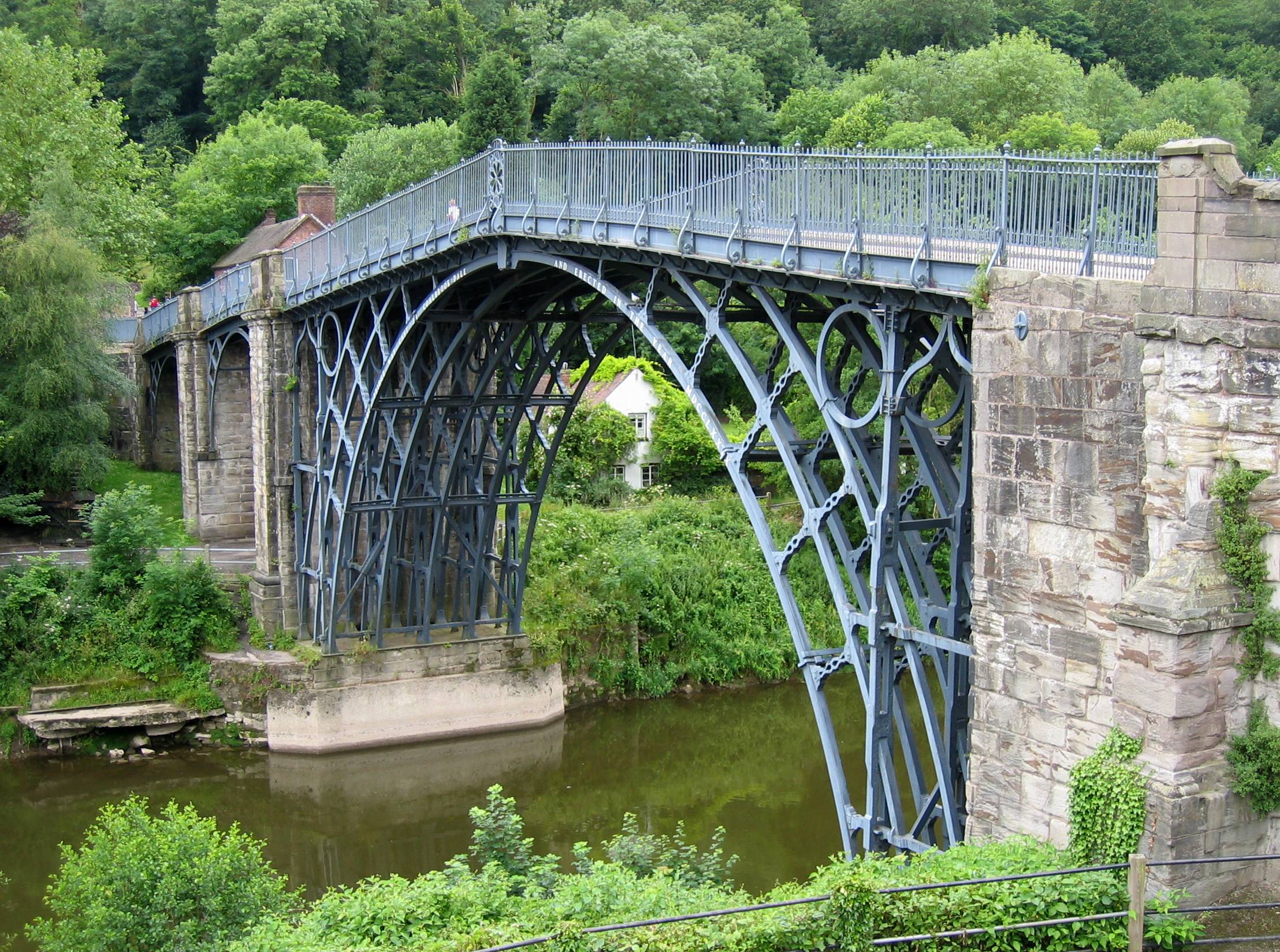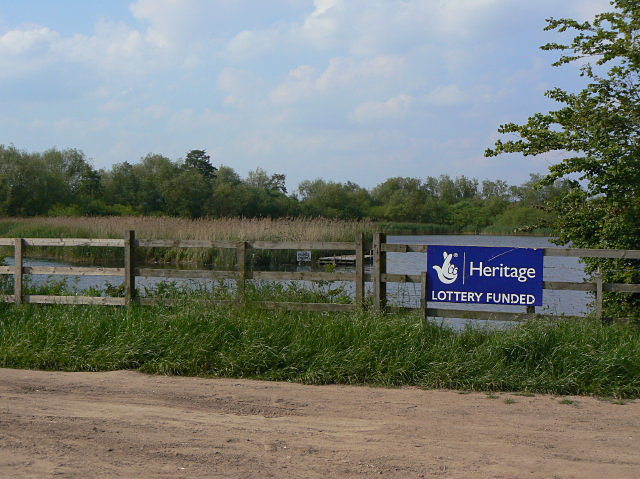|
Kate Clark (archaeologist)
Kate Clark is an Industrial archaeology, industrial archaeologist who has worked in museums and heritage in Australia and the UK. She has a special interest in concepts of value and heritage and has published widely on industrial archaeology, heritage and sustainable development, buildings archaeology, Cultural landscape, cultural landscapes, and public policy for heritage. She introduced to the UK the idea of values based thinking and prior understanding (informed conservation) in the conservation of landscapes, buildings and sites. Education She was educated at the University of Cambridge where she graduated with an MA in Archaeology and Anthropology in 1981. Career and research Clark is a museum director and archaeologist. She was elected a List of fellows of the Society of Antiquaries of London, Fellow of the Society of Antiquaries of London in 2000. Clark was Director of Sydney Living Museums between 2008 and 2013 and the CEO of Cadw from 2014. Before that, she also worked ... [...More Info...] [...Related Items...] OR: [Wikipedia] [Google] [Baidu] |
Industrial Archaeology
Industrial archaeology (IA) is the systematic study of material evidence associated with the Industry (manufacturing), industrial past. This evidence, collectively referred to as industrial heritage, includes buildings, machinery, artifacts, sites, infrastructure, documents and other items associated with the production, manufacture, extraction, transport or construction of a product or range of products. The field of industrial archaeology incorporates a range of disciplines including archaeology, architecture, construction, engineering, historic preservation, museology, technology, urban planning and other specialties, in order to piece together the history of past industrial activities. The scientific interpretation of material evidence is often necessary, as the written record of many industrial techniques is often incomplete or nonexistent. Industrial archaeology includes both the examination of standing structures and sites that must be studied by an Excavation (archaeology ... [...More Info...] [...Related Items...] OR: [Wikipedia] [Google] [Baidu] |
Cultural Landscape
Cultural landscape is a term used in the fields of geography, ecology, and heritage studies, to describe a symbiosis of human activity and environment. As defined by the World Heritage Committee, it is the "cultural properties hatrepresent the combined works of nature and of man" and falls into three main categories: # "a landscape designed and created intentionally by man" # an "organically evolved landscape" which may be a " relict (or fossil) landscape" or a "continuing landscape" # an "associative cultural landscape" which may be valued because of the "religious, artistic or cultural associations of the natural element." Historical development The concept of 'cultural landscapes' can be found in the European tradition of landscape painting. From the 16th century onwards, many European artists painted landscapes in favor of people, diminishing the people in their paintings to figures subsumed within broader, regionally specific landscapes.GIBSON, W.S (1989) Mirror of the ... [...More Info...] [...Related Items...] OR: [Wikipedia] [Google] [Baidu] |
Sydney Living Museums
Museums of History NSW is a statutory body of the government of New South Wales that is responsible for historic sites, state collections and archives in New South Wales New South Wales (commonly abbreviated as NSW) is a States and territories of Australia, state on the Eastern states of Australia, east coast of :Australia. It borders Queensland to the north, Victoria (state), Victoria to the south, and South ..., Australia. In 2023, the former State Archives and Records Authority was merged with Sydney Living Museums (formerly known as Historic Houses Trust of New South Wales) to form MHNSW. The sites include various houses, gardens, parklands and urban spaces. In 2011, its sites attracted over two million visitors each year. History The Historic Houses Trust was established under the ''Historic Houses Trust Act 1980'' and originally charged with the running of Elizabeth Bay House and Vaucluse House. Since then, the Trust had expanded to care for 12 houses, gardens an ... [...More Info...] [...Related Items...] OR: [Wikipedia] [Google] [Baidu] |
Cadw
(, a Welsh verbal noun meaning "keeping/preserving") is the historic environment service of the Welsh Government and part of the Tourism and Culture group. works to protect the historic buildings and structures, the landscapes and heritage sites of Wales, to make them available for the public to visit, enjoy, and understand their significance. manages 127 state-owned properties and sites. It arranges events at its managed properties, provides lectures and teaching sessions, offers heritage walks, and hosts an online shop. Members of the public can become members of to gain membership privileges. Cadw marked its 40th year in 2024, by which time more than 33,000 properties, structures and monuments were under its care. Aims and objectives As the Welsh Government's historic environment service, is charged with protecting the historic environment of Wales, and making it accessible to members of the public. To this end, in 2010–11 it identified four aspects of its work: it ... [...More Info...] [...Related Items...] OR: [Wikipedia] [Google] [Baidu] |
English Heritage
English Heritage (officially the English Heritage Trust) is a charity that manages over 400 historic monuments, buildings and places. These include prehistoric sites, a battlefield, medieval castles, Roman forts, historic industrial sites, Listed building, listed ruins, and architecturally notable English country houses. The charity states that it uses these properties to "bring the story of England to life for over 10 million people each year". Within its portfolio are Stonehenge, Dover Castle, Tintagel Castle, and the "best-preserved" parts of Hadrian's Wall. English Heritage also manages the London blue plaque scheme, which links influential historical figures to particular buildings. When originally formed in 1983, English Heritage was the operating name of an executive non-departmental public body of the Her Majesty's Government, British Government, officially titled the Historic Buildings and Monuments Commission for England, that ran the national system of heritage prot ... [...More Info...] [...Related Items...] OR: [Wikipedia] [Google] [Baidu] |
National Lottery Heritage Fund
The National Lottery Heritage Fund, formerly the Heritage Lottery Fund (HLF), distributes a share of National Lottery funding, supporting a wide range of heritage projects across the United Kingdom. History The fund's predecessor bodies were the National Land Fund, established in 1946, and the National Heritage Memorial Fund, established in 1980. The current body was established as the "Heritage Lottery Fund" in 1994. It was re-branded as the National Lottery Heritage Fund in January 2019. Activities The fund's income comes from the National Lottery, which is managed by Allwyn Entertainment. Its objectives are "to conserve the UK's diverse heritage, to encourage people to be involved in heritage and to widen access and learning". As of 2019, it had awarded £7.9 billion to 43,000 projects. In 2006, the National Lottery Heritage Fund launched the Parks for People program with the aim to revitalize historic parks and cemeteries. From 2006 to 2021, the Fund had granted £2 ... [...More Info...] [...Related Items...] OR: [Wikipedia] [Google] [Baidu] |
Council For British Archaeology
The Council for British Archaeology (CBA) is an educational charity established in 1944 in the UK. It works to involve people in archaeology and to promote the appreciation and care of the historic environment for the benefit of present and future generations. It achieves this by promoting research, conservation and education, and by widening access to archaeology through effective communication and participation. History and objectives The origins of the CBA lie in the Congress of Archaeological Societies, founded in 1898, but it was in 1943, with the tide of war turning, that archaeologists in Britain began to contemplate the magnitude of tasks and opportunities that would confront them at the end of hostilities. In London alone more than 50 acres of the City lay in ruins awaiting redevelopment, while the historic centres of Bristol, Canterbury, Exeter, Southampton, and many other towns had suffered devastation. In response to a resolution from the Oxford Meeting of the Societ ... [...More Info...] [...Related Items...] OR: [Wikipedia] [Google] [Baidu] |
Ironbridge Gorge Museum Trust
The Ironbridge Gorge Museum Trust is an industrial heritage organisation which runs ten museums and manages multiple historic sites within the Ironbridge Gorge World Heritage Site in Shropshire, England, widely considered as the birthplace of the Industrial Revolution. The Gorge includes a number of settlements important to industrial history and with heritage assets, including Ironbridge, Coalport and Jackfield along the River Severn, and also Coalbrookdale and Broseley. The area was among the first sites in the United Kingdom to be declared a World Heritage Site by UNESCO in 1986. In 1977, the Ironbridge Gorge Museum was awarded National Heritage Museum of the Year. Museums The ten museum sites run by the Trust, collectively known as The Ironbridge Gorge Museums are: # Blists Hill Victorian Town, including the Hay Inclined Plane # Broseley Pipeworks # Coalbrookdale Museum of Iron # Coalport China Museum # Tar Tunnel # Darby Houses # Enginuity # Iron Bridge and To ... [...More Info...] [...Related Items...] OR: [Wikipedia] [Google] [Baidu] |
Judith Alfrey
The Book of Judith is a deuterocanonical book included in the Septuagint and the Catholic and Eastern Orthodox Christian Old Testament of the Bible but excluded from the Hebrew canon and assigned by Protestants to the apocrypha. It tells of a Jewish widow, Judith, who uses her beauty and charm to kill an Assyrian general who has besieged her city, Bethulia. With this act, she saves nearby Jerusalem from total destruction. The name Judith (), meaning "praised" or "Jewess", is the feminine form of Judah. The surviving manuscripts of Greek translations appear to contain several historical anachronisms, which is why some Protestant scholars now consider the book ahistorical. Instead, the book is classified as a parable, theological novel, or even the first historical novel. The Roman Catholic Church formerly maintained the book's historicity, assigning its events to the reign of King Manasseh of Judah and that the names were changed in later centuries for an unknown reason. ... [...More Info...] [...Related Items...] OR: [Wikipedia] [Google] [Baidu] |
Landscape
A landscape is the visible features of an area of land, its landforms, and how they integrate with natural or human-made features, often considered in terms of their aesthetic appeal.''New Oxford American Dictionary''. A landscape includes the physical elements of geophysically defined landforms such as mountains, hills, water bodies such as rivers, lakes, ponds and the sea, living elements of land cover including indigenous vegetation, human elements including different forms of land use, buildings, and structures, and transitory elements such as lighting and weather conditions. Combining both their physical origins and the cultural overlay of human presence, often created over millennia, landscapes reflect a living synthesis of people and place that is vital to local and national identity. The character of a landscape helps define the self-image of the people who inhabit it and a sense of place that differentiates one region from other regions. It is the dynamic ... [...More Info...] [...Related Items...] OR: [Wikipedia] [Google] [Baidu] |
British Women Archaeologists
British may refer to: Peoples, culture, and language * British people, nationals or natives of the United Kingdom, British Overseas Territories and Crown Dependencies. * British national identity, the characteristics of British people and culture * British English, the English language as spoken and written in United Kingdom of Great Britain and Northern Ireland and, more broadly, throughout the British Isles * Celtic Britons, an ancient ethno-linguistic group * Brittonic languages, a branch of the Insular Celtic language family (formerly called British) ** Common Brittonic, an ancient language Other uses *People or things associated with: ** Great Britain, an island ** British Isles, an island group ** United Kingdom, a sovereign state ** British Empire, a historical global colonial empire ** Kingdom of Great Britain (1707–1800) ** United Kingdom of Great Britain and Ireland (1801–1922) * British Raj, colonial India under the British Empire * British Hong Kong, colonial H ... [...More Info...] [...Related Items...] OR: [Wikipedia] [Google] [Baidu] |





